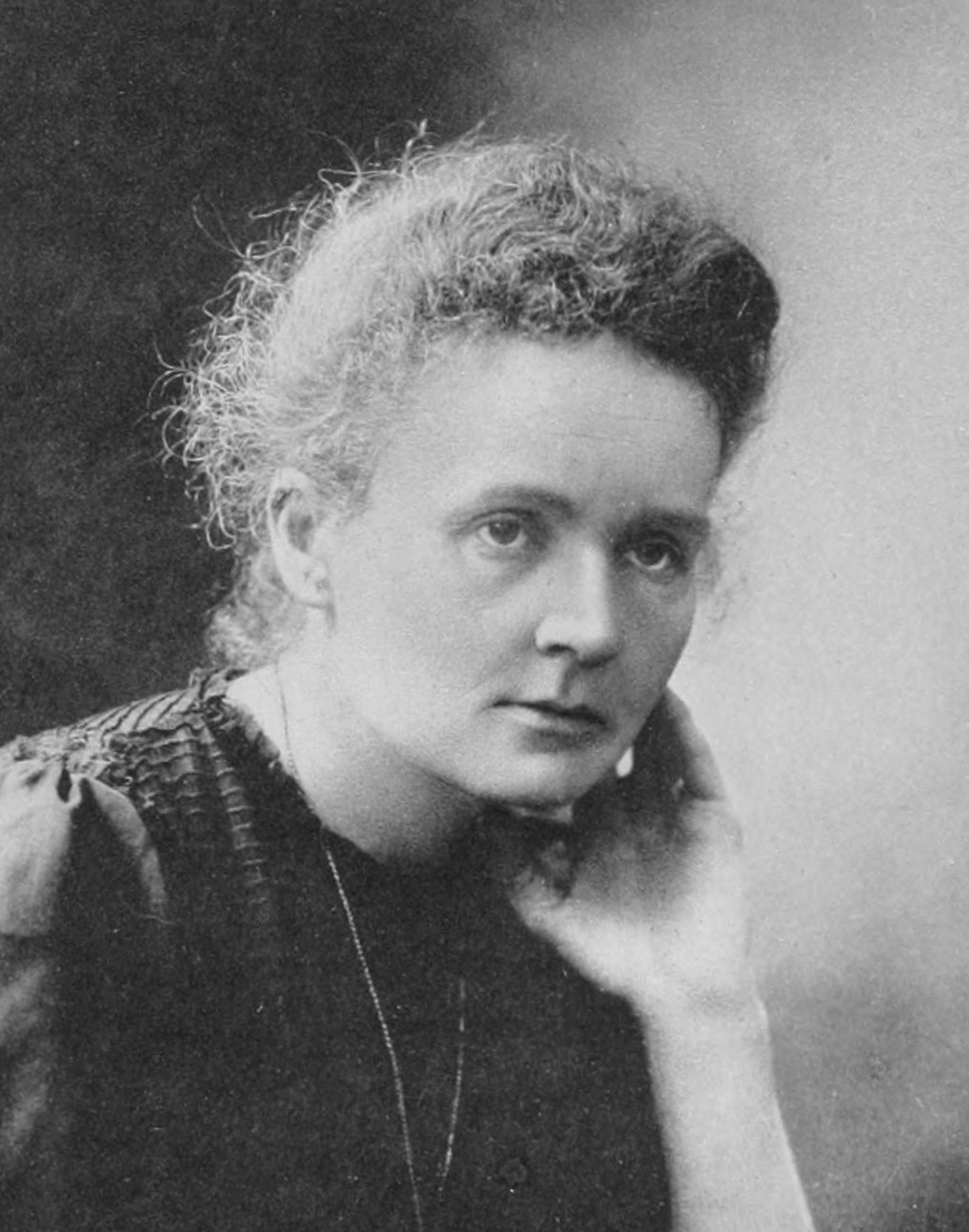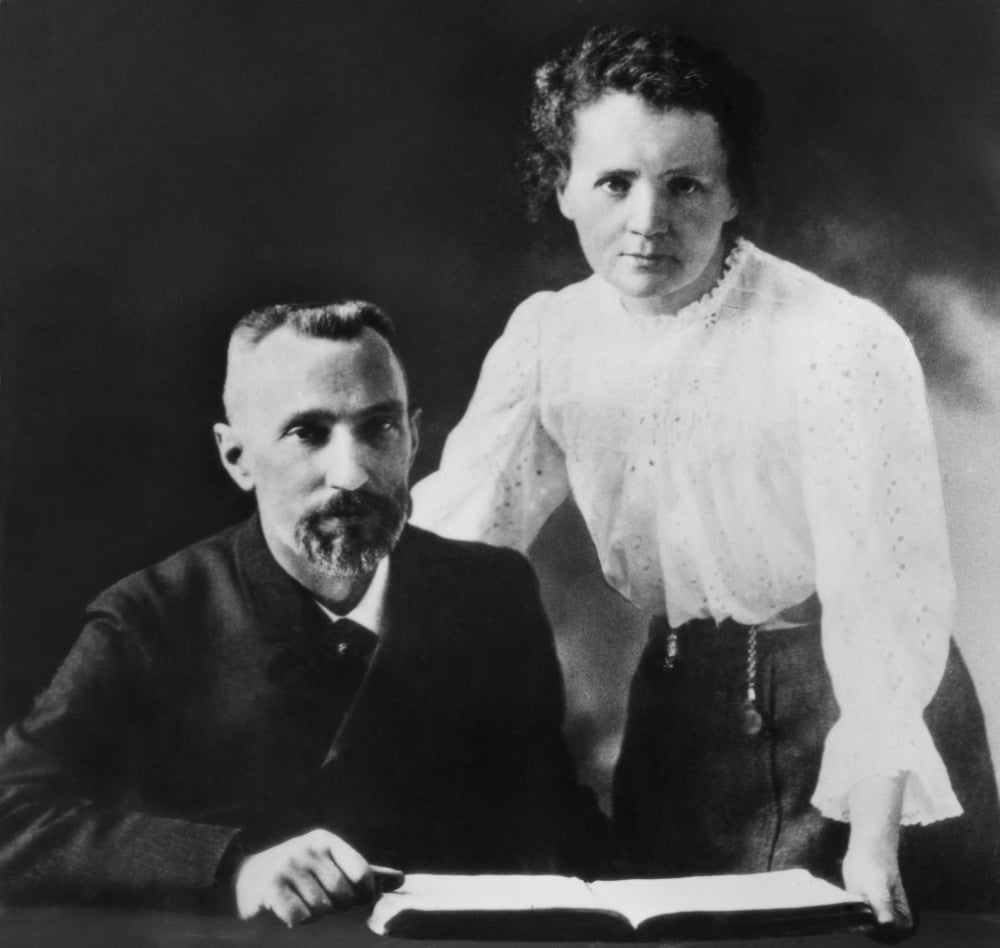

They used a converted shed next to the School of Physics and Chemistry. The couple did not have a well-equipped and well-structured laboratory. It must be done for itself, for the beauty of science, and then there is always the chance that a scientific discovery may become like the radium a benefit for humanity.” About the subpar laboratory, the effect of radioactivity on the couple’s health, Pierre’s death and Einstein’s letter to Marieġ3.

And this is proof that scientific work must not be considered from the point of view of the direct usefulness of it.

Regarding radium, Marie Curie said: “We must not forget that when radium was discovered no one knew that it would prove useful in hospitals. Marie applied for a position at the Polish University of Krakow. Their grueling labor yielded great results: they found radium.ġ2. They soon started working on the compound to find the other element that caused the radioactivity. They were once again amazed by the high level of radioactivity still available through the liquid. Discovery of Radium: once Polonium was discovered, the duo analyzed the remaining liquid for radioactivity. They named the element Polonium, after Poland, Marie Curie’s home country.ġ1. The Curie duo started working on the mineral and finally extracted a black powder that was 330 times more radioactive than Uranium. Discovery of Polonium: when Marie Curie realized the fact that the mineral pitchblende, which contained Uranium, was a great deal more radioactive than Uranium alone, she formed the opinion that there was some other element that caused the high level of radioactivity. Pierre, intrigued and interested in the work Marie was doing, joined his spouse in mid-1898. During her studies, she learned that thorium also possessed such activity.ĩ.

At that time, Marie decided to investigate. In 1898, Henry Becquerel discovered the “strange activity” properties of Uranium. The couple shared the 1903 Nobel Prize in Physics with physicist Henri Becquerel.Ĩ. Eventually, they got married on July 26 th, 1895 in Sceaux. Pierre declared that he was ready to move to Poland with Marie and teach French for the sake of living. Marie refused Pierre’s initial proposal of marriage because Marie wanted to go back to her motherland and work there. When the duo (Marie and Pierre) started working together, they developed feelings for each other. At the time of their meeting, Marie Curie was in need of a laboratory, and the Polish physicist was of the opinion that Pierre could afford to arrange a laboratory for Marie to continue her mission.ħ. Marie Curie was introduced to Pierre Curie, who later became her husband, by a Polish physicist. Here, Maria adopted the French spelling of her name “Marie.” Facts about Marie and Pierre CurieĦ. The Nobel prize winning scientist is holding a graphic symbol of Polonium in her hand.ĥ. Sculpture of Marie Sklodowska-Curie by polish sculptor Bronislaw Krzysztof. However, determined to learn, she did not discontinue her studies. It is also notable here that sometimes because of the lack of finances to buy proper meals, she fainted from hunger. There, she began to pursue her education at the University of Paris, making ends meet by working part-time. In 1891, Maria migrated to Paris, France. In 1883, when Maria graduated from high school, she earned a gold medal for her academic excellence.Ĥ. However, the boy’s family denied the marriage, citing the bad financial conditions of the Curie family.ģ. There, she fell in love with the family’s son, Kazimierz Zorawski, and wanted to marry him. Due to the strained financial condition of her family during childhood, she worked as a governess at her father’s relative’s house. Born Maria Sklodowska, Marie Curie, as we all know her today, was the fifth child of her teacher parents.Ģ. Facts about Marie Curie’s childhood, family and educationġ. With these 38 interesting facts about Marie Curie, let’s learn more about her inventions, personal life, contributions to science and society and Nobel Prizes. Marie Curie, best known for the development of the theory of radioactivity, was a Polish and naturalized-French physicist and chemist.


 0 kommentar(er)
0 kommentar(er)
